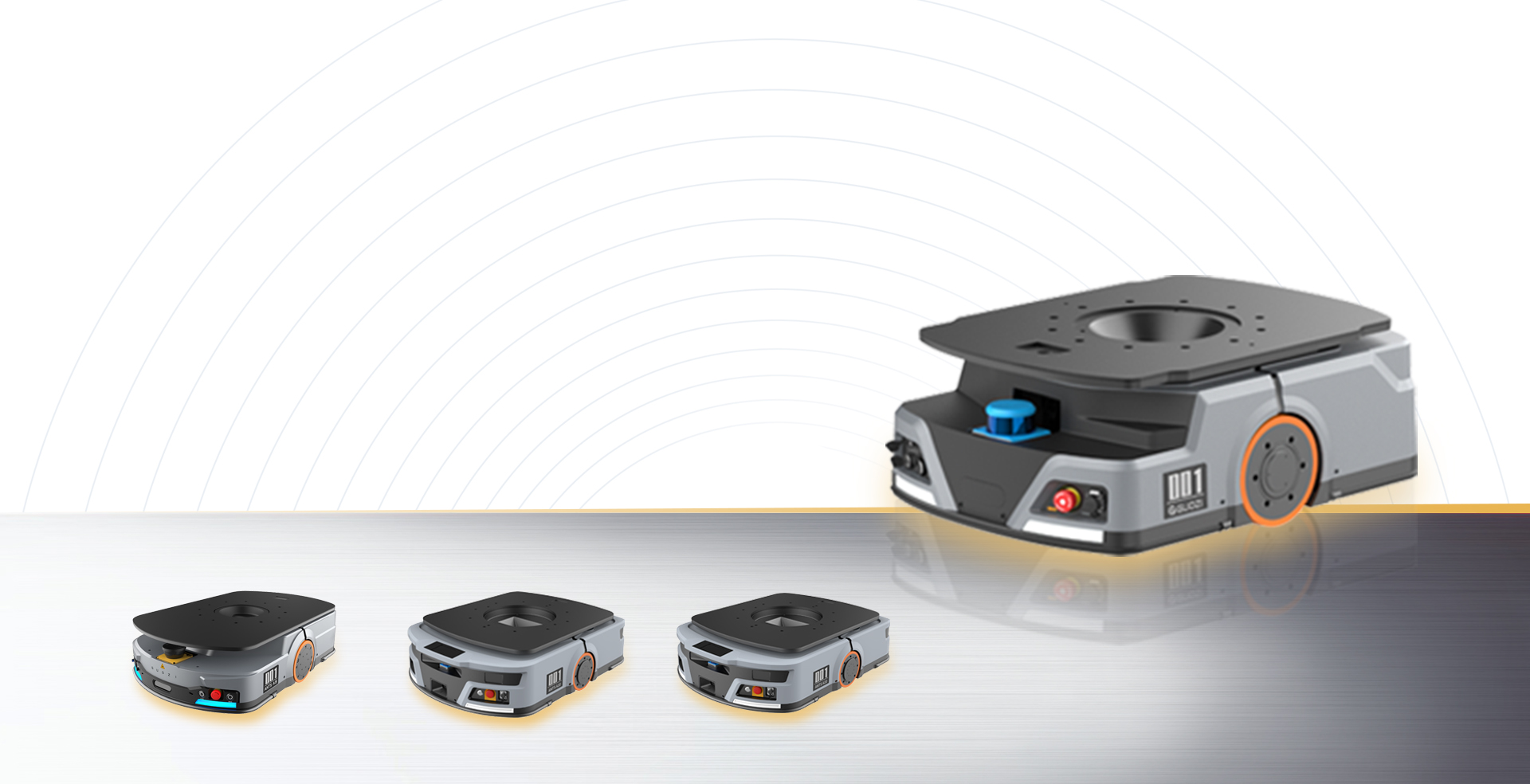Automated Guided Vehicles (AGVs) play an increasingly important role in modern industrial production, logistics and warehousing. As one of the core components of AGV, the battery's endurance is directly related to the working efficiency and operating cost of AGV. How to improve the endurance of AGV battery has become the focus of attention of enterprises and users. In this paper, we will discuss the effective strategies to enhance the endurance of AGV batteries from the aspects of battery selection, use and maintenance, and system optimization.
Factors affecting the endurance of AGV batteries
Battery type and specification
Different types and specifications of batteries, its energy density, charge and discharge characteristics, etc., there are differences, which directly affect the range capability.
Load and running speed
The larger the load and running speed of the AGV, the faster the battery consumption, and the range is reduced accordingly.
Working environment
Temperature, humidity and other environmental factors have an impact on the battery performance, which in turn affects the range capability.
Charge/discharge management
Irrrational charge/discharge management will lead to an increase in battery depletion and a decrease in range.
AGV system design
The overall design of the AGV system, such as energy recovery and energy-saving modes, also affects battery range.
Tips for improving AGV battery range
Selecting high-energy-density batteries
Selecting Li-ion batteries or fuel cells with high energy density can provide longer range at the same volume and weight to provide longer range.
Optimize AGV loading and speed
According to the actual demand, reasonably adjust the loading and running speed of AGVs, avoiding unnecessary energy waste.
Optimize the working environment
Ensure that the AGVs are working in a suitable temperature and humidity environment to avoid the impact of extreme environment on the performance of the battery.
Intelligent charging and discharging management
(1) Adopting an intelligent charger: the intelligent charger can automatically adjust the charging parameters according to the battery status, avoiding over-charging and over-discharging, and prolonging the life of the battery.
(2) Implement shallow charging and discharging strategy: by controlling the charging and discharging depth of the battery, it reduces the loss of the battery and improves the range.
(3) Regular battery equalization: Battery equalization ensures that the performance of each battery cell in the battery pack is consistent and avoids the loss of range due to the difference in performance of battery cells.
Energy-saving design of AGV system
(1) Energy recovery: when AGV decelerates or brakes, part of the kinetic energy is converted into electrical energy for storage, which improves the energy utilization rate.
(2) Energy Saving Mode: Automatically switch to the energy saving mode according to the operation status of AGV to reduce energy consumption.
(3) Optimized Path Planning: Reduce the distance traveled and the number of steering times of AGVs through efficient path planning algorithms to reduce energy consumption.
Periodic Maintenance and Inspection
(1) Regularly inspect the battery connectors and cables to ensure good contact and to minimize energy loss.
(2) Clean the surface of the battery regularly to prevent dust and dirt from affecting the heat dissipation of the battery.
(3) Regularly test the battery performance, and promptly detect and replace battery cells with reduced performance.
Improving AGV battery range not only helps to improve the efficiency of AGVs, but also reduces the operating costs of enterprises. The battery range can be effectively improved by reasonably selecting the battery type, optimizing the use and maintenance strategy, and improving the AGV system design. With the continuous progress of technology, it is believed that the endurance of AGV batteries will be further improved in the future, providing stronger support for the development of China's industrial production and logistics warehousing and other fields.








